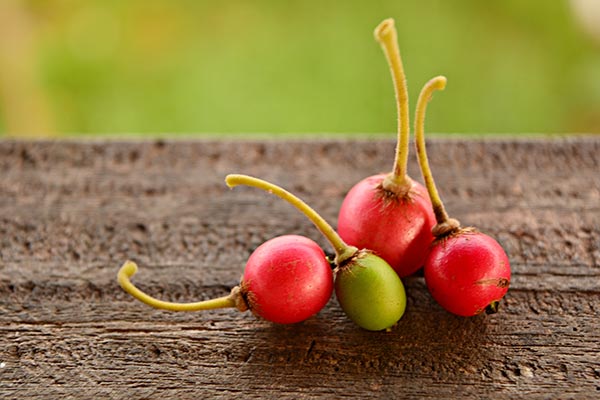Annona stenophylla and Flacourtia indica fruit extracts found to be promising agents for cancer prevention
04/28/2020 // Franz Walker // Views
Tags: alternative medicine, antioxidant fruits, antioxidants, cancer prevention, disease treatments, food cures, food is medicine, functional food, goodcancer, goodfood, goodhealth, goodmedicine, goodscience, natural cures, natural medicine, phytonutrients, prevent cancer, research, superfoods

- For their analysis, the researchers obtained extracts containing phenolic compounds from A. stenophylla and F. indica fruits using aqueous methanol as solvent.
- They measured the ability of the extracts to scavenge free radicals, such as DPPH, and used ascorbic acid, a known antioxidant, as positive control.
- They also treated red blood cells (RBC) from sheep's blood with different concentrations of the extracts and assessed each extract's ability to inhibit hemolysis after exposure to UV radiation.
- The researchers found that, at low concentrations, the fruit extract from F. indica demonstrated lower antioxidant activity than ascorbic acid. However, at high concentrations, the F. Indica fruit extract performed better as a free radical scavenger than the control.
- Meanwhile, the researchers found no significant difference between the antioxidant potency of the A. stenophylla fruit extract and ascorbic acid. However, at the half maximal inhibitory concentration (IC50), A. stenophylla fruit extract exhibited a higher antioxidant potency than the control.
- At higher concentrations, the F. indica extract was better at inhibiting hemolysis than ascorbic acid.
- There was no significant difference between the abilities of A. stenophylla fruit extract and ascorbic acid to inhibit hemolysis.
Based on their findings, the scientists concluded that extracts from the fruits of A. stenophylla and F. indica show promise as natural products that can be used to help prevent the onset of cancer.
Read the full study at this link.
Journal Reference:
Cosmas JM, Rudo FM. IN VITRO EVALUATION OF FRUIT EXTRACTS OF ANNONA STENOPHYLLA DIELS AND FLACOURTIA INDICA FOR INCORPORATION INTO FORMULATIONS FOR MANAGEMENT OF CANCER. Journal of Medicinal Plants Research. 20 April 2019;13(11):242–251. DOI: 10.5897/jmpr2019.6746
Related Topics
alternative medicine antioxidant fruits antioxidants cancer prevention disease treatments food cures food is medicine functional food goodcancer goodfood goodhealth goodmedicine goodscience natural cures natural medicine phytonutrients prevent cancer research superfoodsLatest News
Related News
07/10/2023 / By Zoey Sky
07/05/2023 / By Ethan Huff
07/05/2023 / By Kevin Hughes
07/04/2023 / By Olivia Cook
07/04/2023 / By Zoey Sky
Take Action:
Support Natural News by linking to this article from your website.
Permalink to this article:
Copy
Embed article link:
Copy
Reprinting this article:
Non-commercial use is permitted with credit to NaturalNews.com (including a clickable link).
Please contact us for more information.
Please contact us for more information.






















